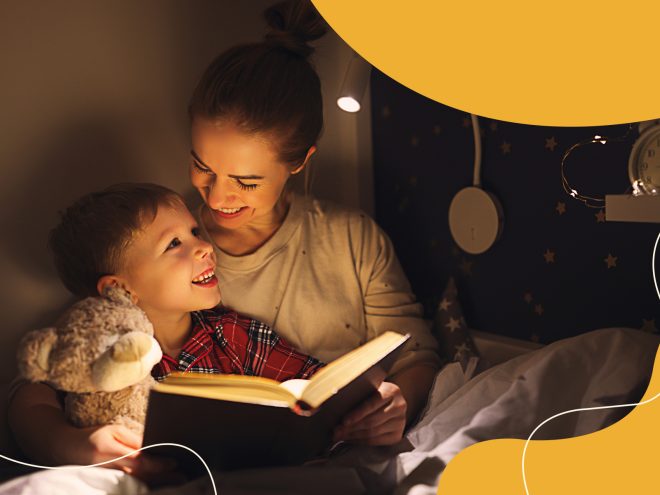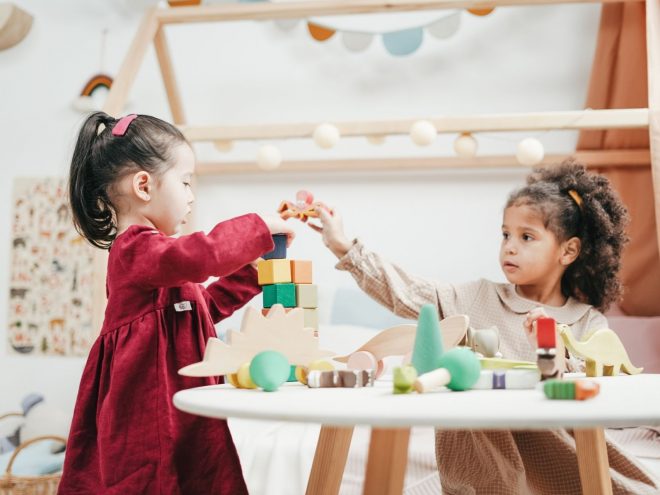Are you considering adding a furry family member to expand your tribe? If you are on the fence about whether or not a pet would benefit your little one, you’ll find impressive arguments why you should.
Pets can help your little ones grow physically, mentally and emotionally. They can even aid in breaking shy children out of their shells and help them make friends. Here are four benefits of pets for child development to consider when deciding if you should head to the shelter.
1. They Aid in Physical Development
Pets can help your little ones develop physical coordination in several ways. Even the simple act of feeding a goldfish helps the youngest pet owners develop fine motor skills when they grip and pinch a tiny bit of feed.
Getting outside and scooping the poop helps develop hand-eye coordination. While you should always supervise young children when they take dogs in public, learning how to control the animal on the leash builds upper-body strength. Crawling around the living room floor after a hamster ball delights many infants while helping them learn to control their wee muscles.
Pets get your children more active. Childhood obesity rates continue to skyrocket, with nearly 20% of American youth weighing in with a BMI greater than 30. Running around the yard, playing fetch with Fido helps to burn some of those excess calories.
Adopting a pet when your child is young might even prevent them from developing allergies as adults. According to a Swedish study of over 1,200 children revealed that those who live with cats and dogs in infancy have fewer allergies — and the more fur you add to the mix, the better.
2. They Promote Responsibility
If you resist the idea of adopting a pet for your family, you might argue that your child isn’t responsible enough to handle pet care. However, the work involved in training a puppy could teach your youngster time-management skills more effectively than insisting they show you their planner each day.
Even smaller pets, such as hamsters and guinea pigs, require daily care to thrive. Grooming and feeding animals is an act of love, but it might teach your youth to take more responsibility for other tasks. For example, if you adopt a dog or cat who needs daily medication, it could remind your kid to take their vitamin.
3. They Provide Emotional Support
Childhood is rough, and adults often forget how traumatizing seemingly trivial events such as forgetting it was their turn to bring snacks at school can be for little tykes. People often form emotional and psychological bonds with their pets, and kids are no exception. They may crave the comfort of their beloved kitty after a long day.
Some psychologists recommend emotional support animals to patients with disorders from PTSD to depression. It’s illegal for your landlord to discriminate against such creatures unless the creature poses a threat to other tenants or the property. If you rent and need to get a new apartment, you may need to provide documentation to avoid paying a hefty deposit.
Fortunately, your little one’s bond with their pet doesn’t necessarily need to come to an end when they head off to university. While only 4% of colleges currently permit enrollees to bring pets on campus, many schools have eased restrictions, especially for animals like hamsters and lizards. If your teen attends school far from home, their beloved companion can help ease homesickness.
4. They Help With Social Skills
Some children are naturally gregarious, while others show more hesitancy around strangers. Children can develop social anxiety disorders, and a pet can help ease their symptoms.
However, even slightly shy children can benefit from a furry companion. Who hasn’t spied an adorable dog at the local park and passed pleasant conversation after asking to pet the owner’s pup? A pet serves as an instant icebreaker, and your little one doesn’t even have to approach.
If you want to encourage more playdates at your house after COVID-19 vaccines make it safe once more, a pet can serve as an attractive draw. If given a choice between a pet-free home and one overflowing with critters, most children will opt for the latter.
Finally, pets can aid in language development in children. Those who don’t readily volunteer how their day was at the dinner table will often talk to their dog or cat. The more they practice, the more accurate their diction and speech becomes.
Reap These Benefits of Pets for Child Development
If you are still on the fence about adopting a furry friend, you might consider doing so for your little one’s sake. Now that you know the benefits of pets for child development, you might decide a shelter trip is in your near future.





